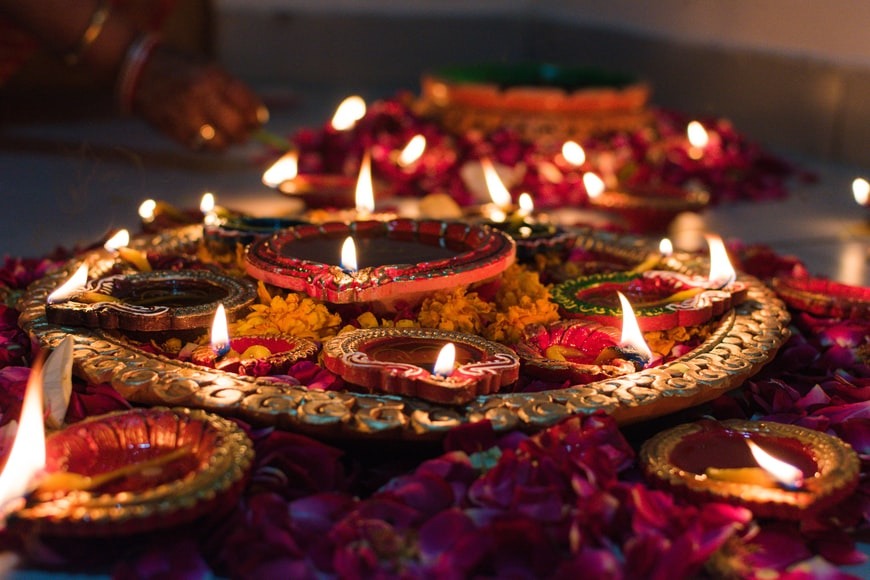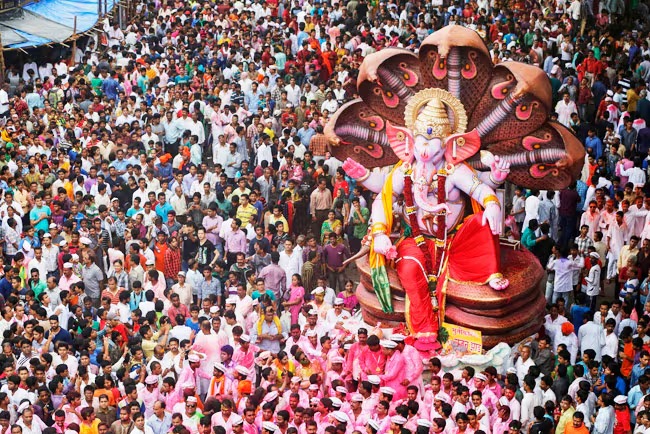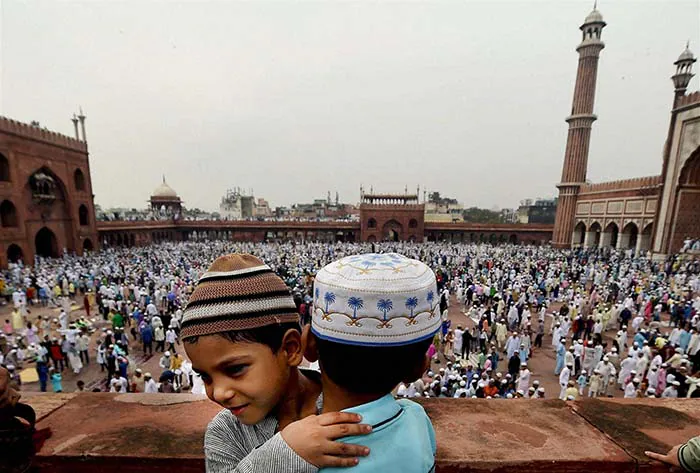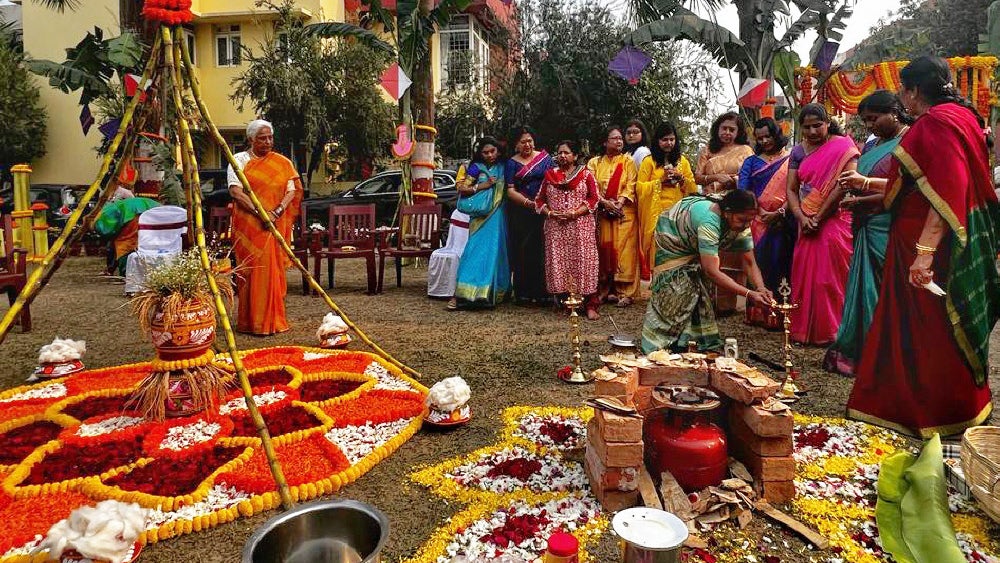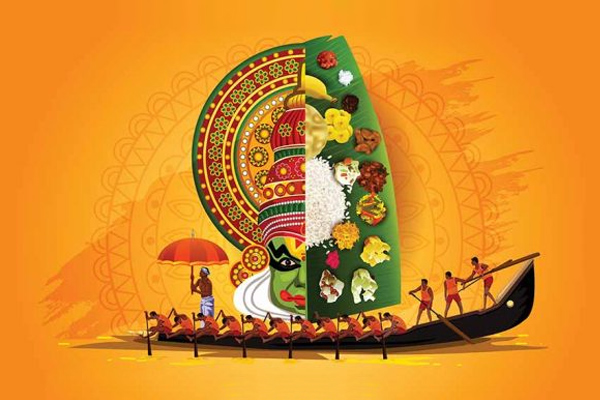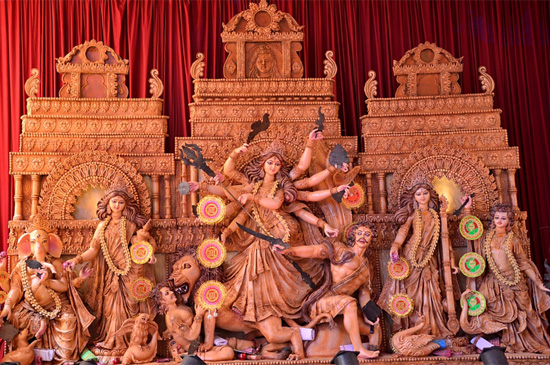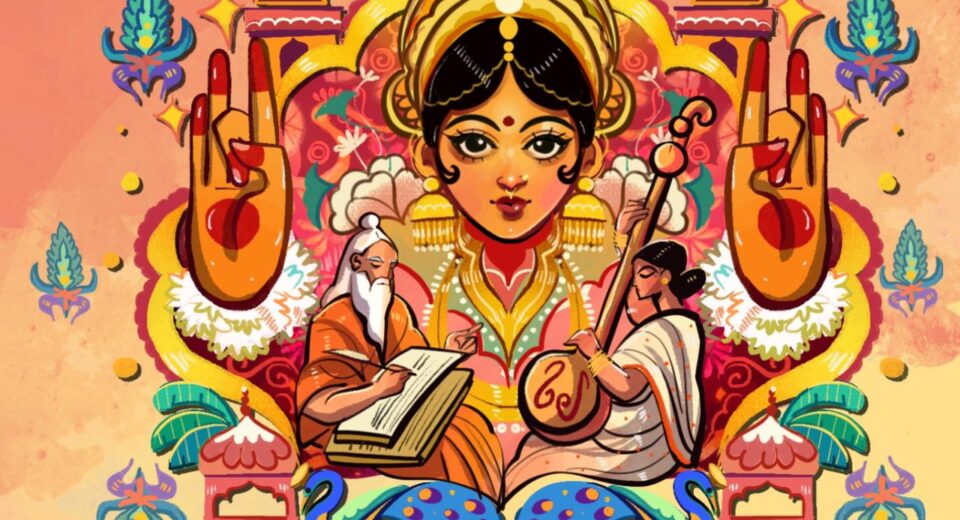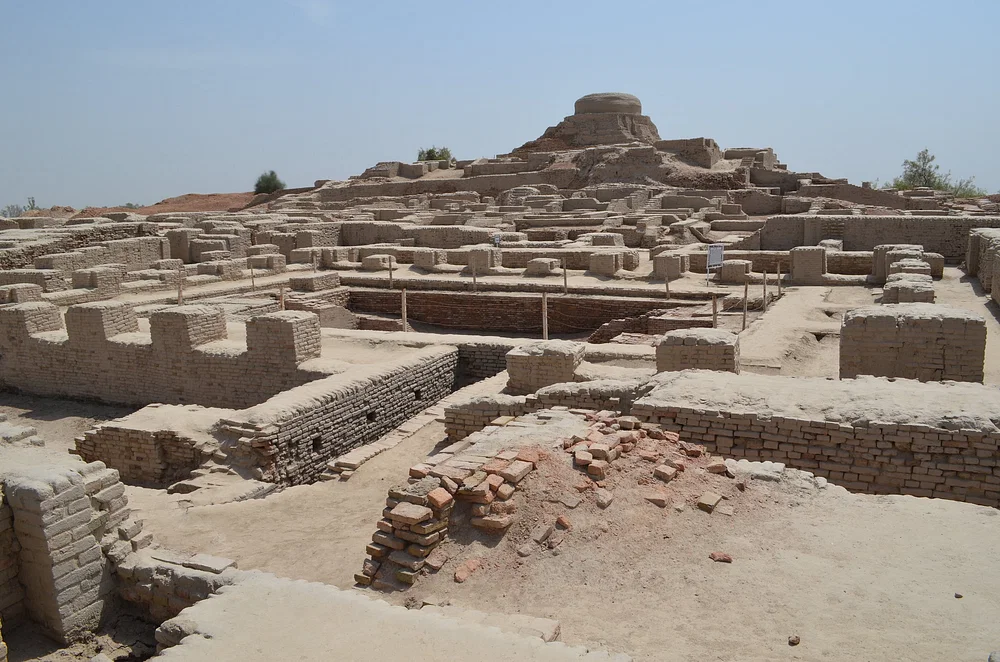
Flourishing urban civilization in the Indus River Valley; known for planned cities like Harappa and Mohenjo-daro, advanced drainage systems, and trade networks.
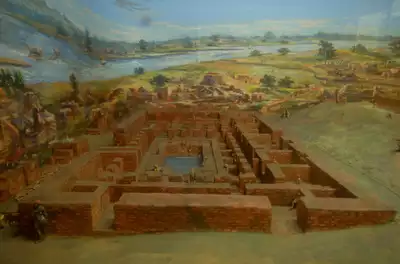
Mature Harappan Phase Begins (c. 2600 BCE)
The Harappan civilization reaches its mature phase with standardized urban planning, weights, and measures, and widespread trade networks.
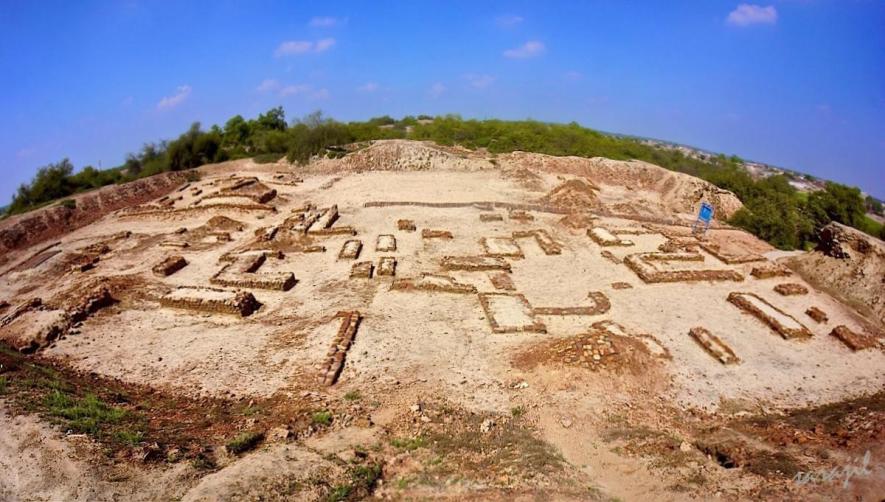
Decline of the Indus Valley Civilization (c. 1900 BCE)
Gradual decline of the Indus Valley Civilization, possibly due to climate change, river shifts, or Aryan migrations.

Vedic Period (c. 1500 – 500 BCE)
Aryan migration and composition of the Vedas, the foundational texts of Hinduism; development of early Hindu beliefs and social structures.
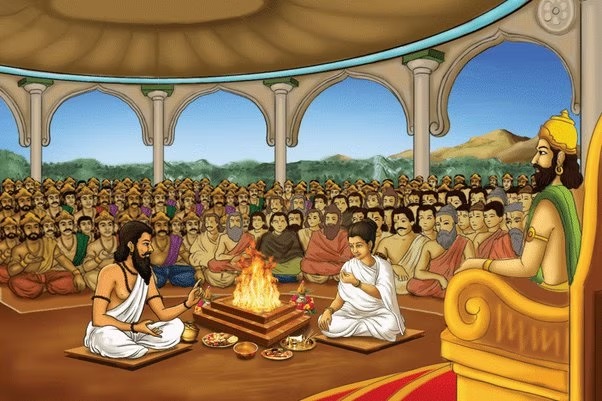
Early Vedic Period (Rigvedic Period) (c. 1500 – 1200 BCE)
Composition of the Rigveda, the oldest Veda; focus on hymns, rituals, and early Aryan society.
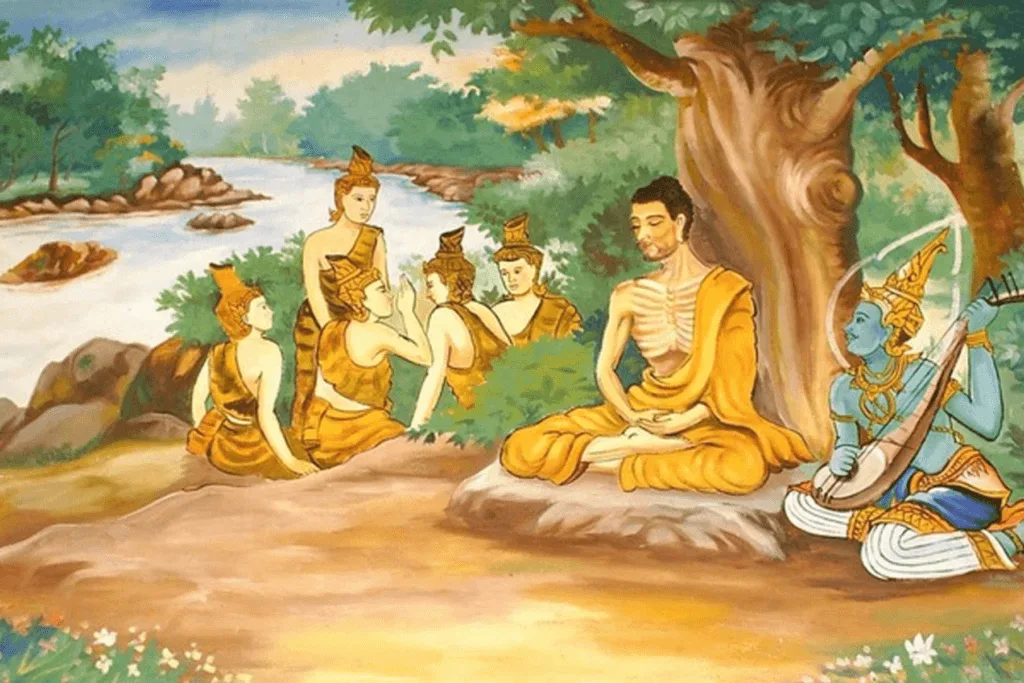
Later Vedic Period (c. 1200 – 500 BCE)
Composition of the Samaveda, Yajurveda, and Atharvaveda; Brahmanas, Aranyakas, and Upanishads are also composed; development of the Varna system and complex rituals.ere

Rise of Jainism and Buddhism (6th Century BCE)
Emergence of new religions challenging Vedic traditions; founded by Mahavira and Siddhartha Gautama (Buddha) respectively, emphasizing non-violence and enlightenment.
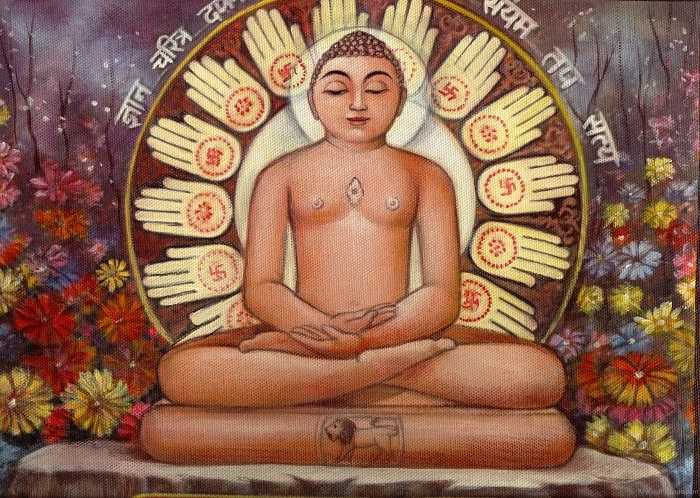
Life of Mahavira (c. 599 – 527 BCE)
Traditional dates for the life of Mahavira, the 24th Tirthankara of Jainism, who codified Jain doctrines.cription Here
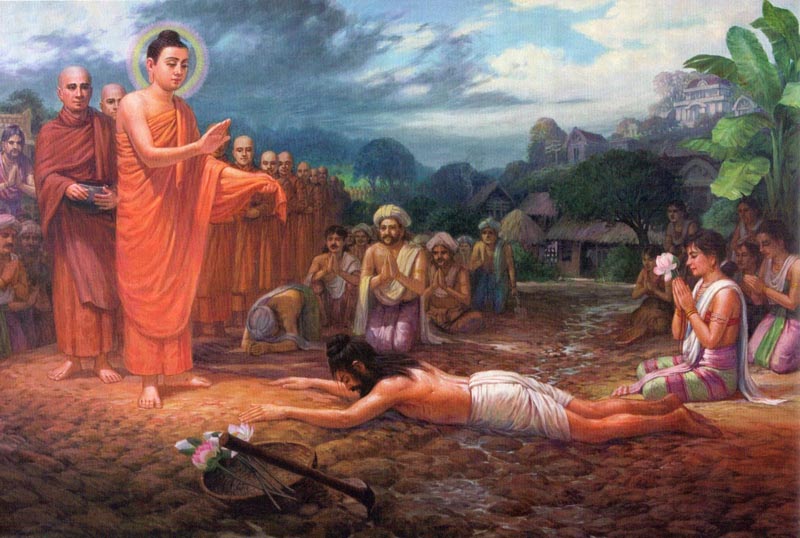
Traditional dates for the life of Siddhartha Gautama (Buddha), the founder of Buddhism, who attained enlightenment and preached his teachings.
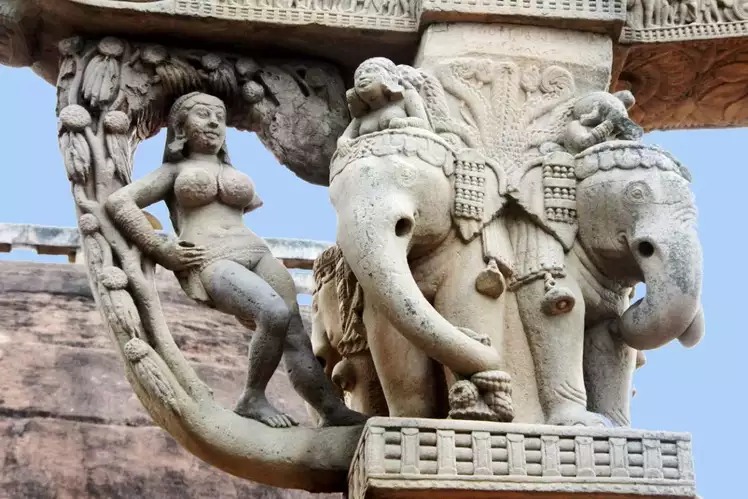
First pan-Indian empire founded by Chandragupta Maurya; reached its peak under Ashoka, known for his conversion to Buddhism and promoting peace.
Founder of the Mauryan Empire, who defeated the Nanda dynasty and unified much of the Indian subcontinent.
Ashoka's rule in Mauryan Empire marked by expansion and later, adoption of Buddhism after the Kalinga War; promoted Dhamma and social welfare.
Major war fought by Ashoka against the kingdom of Kalinga; the brutality of the war led to Ashoka's conversion to Buddhism.
Flourishing of Tamilakam (ancient Tamil country) with rich literature (Sangam literature), trade, and powerful kingdoms like Cholas, Cheras, and Pandyas.
Golden Age of India; marked by advancements in science, mathematics, astronomy, literature, and art. Significant cultural and intellectual achievements.
Founder of the Gupta Empire; marked the beginning of Gupta rule and expansion.
Gupta emperor known for his military conquests and expansion, often referred to as the "Napoleon of India".
Gupta emperor during the peak of the empire's cultural and artistic achievements; Fa Hien's visit occurred during his reign.
King Harsha of Vardhana, the last major Hindu emperor dynasty briefly unified North India; known for his patronage of arts and Buddhism; era followed by regional kingdoms.
Add Description HRise of various Rajput clans in North India, known for their valor and resistance against invaders; period of decentralized power and regional conflicts.ere
Chola king who expanded the empire, built the Brihadeeswarar Temple, and strengthened naval power, marking Chola dominance in South India and Southeast Asia.
Chola navy under Raja Raja Chola I and Rajendra Chola I extends influence into Southeast Asia, demonstrating Chola maritime power.
Muhammad Ghori decisively defeats Prithviraj Chauhan, leading to the establishment of Muslim rule in North India.
Qutb-ud-din Aibak establishes the Delhi Sultanate, marking the beginning of Muslim rule in India; started with the Mamluk dynasty.
Khalji Sultan known for his market reforms, military campaigns, and defense against Mongol invasions.

Tughluq Sultan known for his ambitious and often controversial experiments, including shifting the capital to Daulatabad and introducing token currency.
Established by Harihara I and Bukka Raya I; a powerful Hindu empire in South India that fostered art, literature, and culture; resisted the Delhi Sultanate's expansion.
Timur (Tamerlane), a Turco-Mongol conqueror, sacks Delhi, weakening the Delhi Sultanate and causing widespread destruction.
Life of Guru Nanak, the founder of Sikhism, who preached monotheism and equality.
Portuguese explorer Vasco da Gama arrives in Calicut, India, opening a sea route between Europe and India and marking the beginning of European influence.
Babur defeats Ibrahim Lodi, ending the Delhi Sultanate and establishing the Mughal Empire in India; beginning of a new era with Persian and Central Asian influences.
Akbar defeats Hemu, solidifying Mughal rule and paving the way for the expansion and consolidation of the Mughal Empire under Akbar.
Decisive battle leading to the decline of the Vijayanagara Empire; weakened the last major Hindu empire in South India and altered the political landscape.
Reign of Mughal Emperor Akbar, known for his religious tolerance, administrative reforms, and expansion of the Mughal Empire.
Establishment of the British East India Company; initially for trade, it gradually gained political influence and set the stage for British colonialism.
Fifth Sikh Guru, Guru Arjan Dev, is martyred by Mughal authorities, a significant event in Sikh history.
Birth of Shivaji Maharaj, the Maratha warrior king who challenged Mughal rule and laid the foundation for the Maratha Empire.
Mughal Emperor Shah Jahan's reign, known for its architectural achievements, including the Taj Mahal.
Mughal Emperor Aurangzeb's reign marked by territorial expansion but also religious policies that led to revolts and contributed to the weakening of the Mughal Empire.
Ninth Sikh Guru, Guru Tegh Bahadur, is martyred by Aurangzeb for refusing to convert to Islam, further hardening Sikh resistance to Mughal rule.
Guru Gobind Singh, the tenth Sikh Guru, establishes the Khalsa, formalizing Sikh identity and militarizing the community.
Death of Aurangzeb; marks the beginning of the decline of the Mughal Empire and rise of regional powers.
Persian ruler Nadir Shah invades and sacks Delhi, further weakening the Mughal Empire and carrying away immense wealth, including the Peacock Throne.
Decisive victory of the British East India Company over the Nawab of Bengal; considered the turning point that established British dominance in India.
Decisive battle between the Maratha Empire and Afghan forces of Ahmad Shah Abdali; Maratha defeat halted their expansion in North India and paved way for British influence.
Further solidified British power after victory against combined forces; led to the Treaty of Allahabad and the Company gaining Diwani rights (revenue collection) in Bengal, Bihar, and Orissa.
Tipu Sultan of Mysore, a major opponent of the British, is defeated and killed in the Fourth Anglo-Mysore War, leading to further British expansion in South India.
The British East India Company annexes the Sikh Empire of Punjab after the Second Anglo-Sikh War, completing British control over India.
Widespread but ultimately unsuccessful rebellion against British rule; also known as Sepoy Mutiny; led to the end of the East India Company's rule and direct British Raj.
British Crown takes direct control of India from the East India Company; beginning of formal British colonial rule in India with a Viceroy appointed.
Formation of the Indian National Congress; initially aimed at greater Indian participation in government, later became the leading organization in the Indian independence movement.
Add DescripBritish Viceroy Lord Curzon partitions Bengal for administrative reasons, but it is widely seen as an attempt to divide and rule, leading to widespread protests and the Swadeshi Movement.tion Here
The All-India Muslim League is founded to safeguard the rights of Muslims in British India.
Mohandas Karamchand Gandhi returns to India from South Africa and begins his active role in the Indian independence movement, advocating for non-violent resistance (Satyagraha).
British troops fire on unarmed civilians in Amritsar, killing hundreds; a pivotal event that intensified the Indian independence movement and public outrage against British rule.
Gandhi launches the Non-Cooperation Movement, urging Indians to boycott British institutions and goods; a major phase in the struggle for independence.
Gandhi's Salt March to Dandi to protest the salt tax; a significant act of civil disobedience that galvanized the independence movement and drew international attention.
Launched by Gandhi, demanding immediate independence from British rule during World War II; a mass movement that put immense pressure on the British government.
British Cabinet Mission proposes a plan for Indian independence while attempting to maintain unity, but ultimately fails to prevent partition.
India gains independence from British rule on August 15th; accompanied by the partition of India and Pakistan, leading to widespread communal violence and displacement.
Mahatma Gandhi is assassinated by Nathuram Godse, a Hindu nationalist, shortly after India gained independence.
The Constitution of India comes into effect on January 26th, making India a sovereign, socialist, secular, democratic republic and guaranteeing fundamental rights to its citizens.
Brief border war between India and China; resulted in Chinese victory and territorial gains, impacting India's foreign policy and defense strategies.
War between India and Pakistan over Kashmir; ended in a UN-mandated ceasefire; further strained relations between the two nations.
Introduction of high-yielding varieties of wheat and rice, modernizing agriculture and significantly increasing food production in India.
Major banks in India are nationalized by the government of Indira Gandhi, aiming to direct credit to priority sectors like agriculture and small industries.
War leading to the independence of Bangladesh (formerly East Pakistan); India decisively intervened in support of Mukti Bahini, resulting in Pakistan's defeat and the creation of Bangladesh.
India conducts its first nuclear test, codenamed "Smiling Buddha," in Pokhran, signaling its nuclear capabilities to the world.
Period of emergency rule declared by Prime Minister Indira Gandhi; civil liberties were suspended and political opponents were arrested; a controversial phase in Indian democracy.
Operation Blue Star, a military operation in the Golden Temple, followed by the assassination of Prime Minister Indira Gandhi by her Sikh bodyguards, leading to anti-Sikh riots.
India initiates major economic reforms, moving towards liberalization and globalization; marked by deregulation, privatization, and opening up to foreign investment, transforming the Indian economy.
Demolition of the Babri Masjid in Ayodhya by Hindu nationalist groups, leading to widespread communal violence and long-term political ramifications.
India conducts a series of nuclear bomb tests in Pokhran, declaring itself a nuclear weapon state; led to international reactions and altered India's strategic position.
Conflict between India and Pakistan in the Kargil region of Kashmir; Indian forces successfully evicted Pakistani intruders; heightened tensions but also demonstrated restraint.
A massive tsunami in the Indian Ocean causes widespread devastation in coastal regions of India and other countries.
Terrorist attacks in Mumbai by Lashkar-e-Taiba, causing significant casualties and highlighting security challenges.
Narendra Modi of the Bharatiya Janata Party (BJP) becomes Prime Minister of India, ushering in a new era of governance and policy direction with a focus on economic growth and Hindu nationalism.

The Indian government demonetizes 500 and 1000 rupee banknotes in an attempt to curb black money, counterfeit currency, and promote digital transactions.
The Indian government revokes Article 370 of the Indian Constitution, which granted special status to Jammu and Kashmir.
The COVID-19 pandemic reaches India, causing a major health crisis, economic disruption, and social challenges; lockdowns and vaccination drives are implemented.
Latest Articles

POPULAR ARTICLES
All Articles
Subscribe To Our Mailing List
Get the news right tn your inbox

